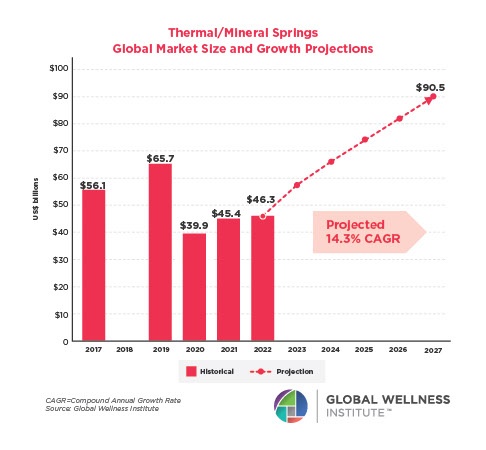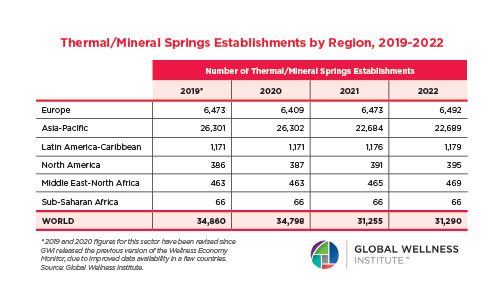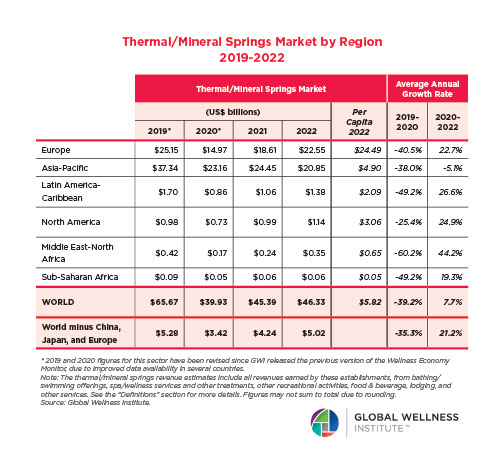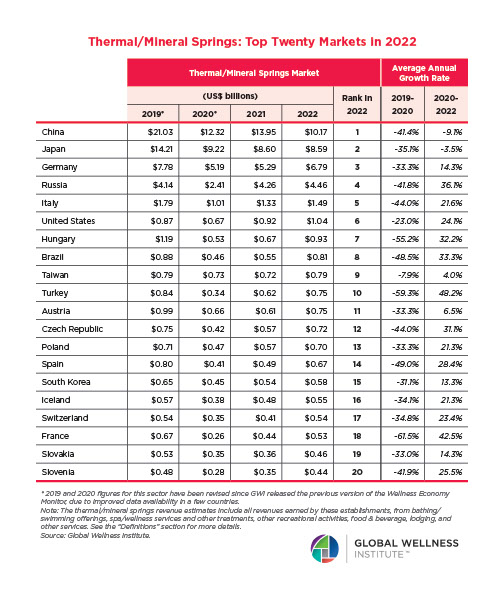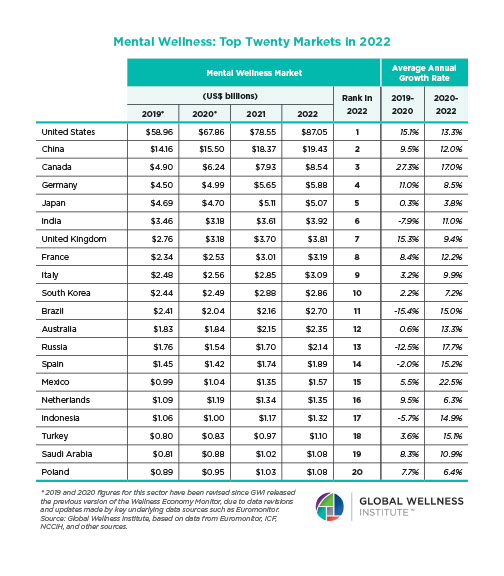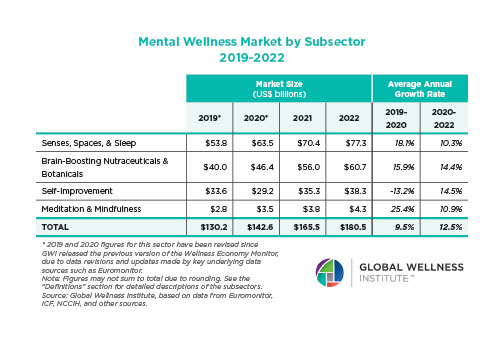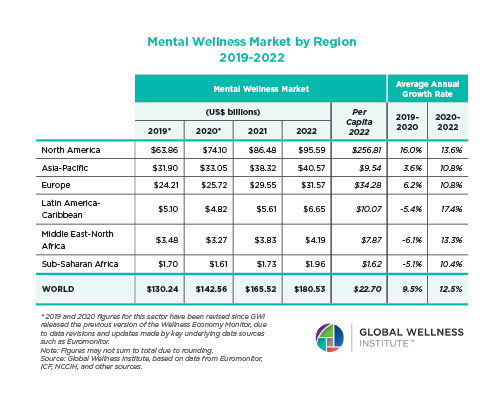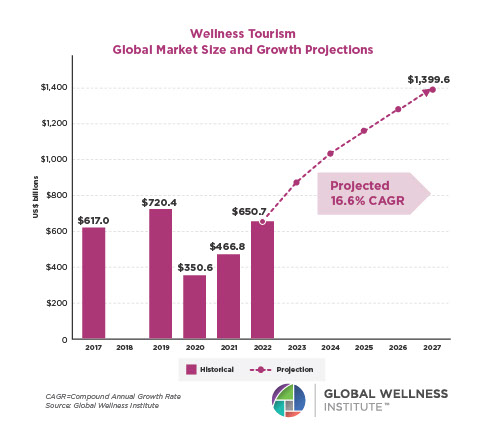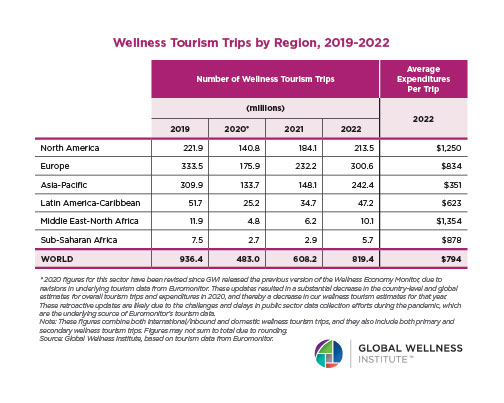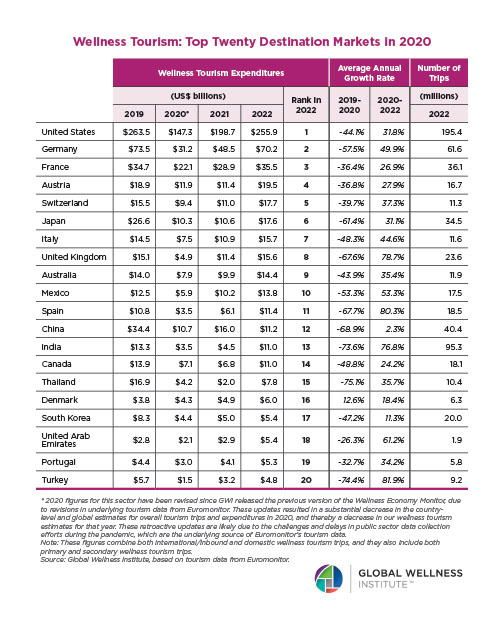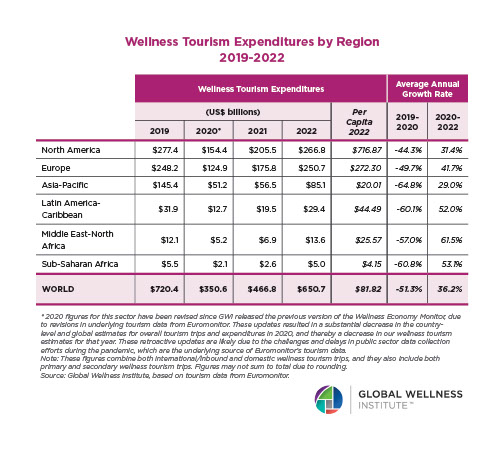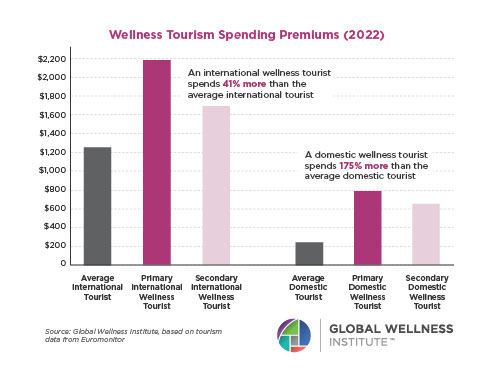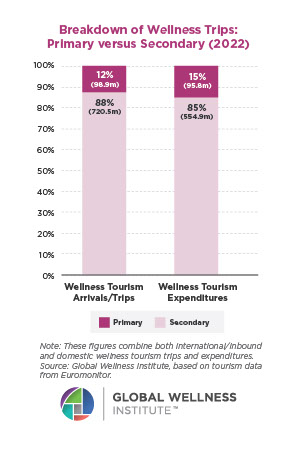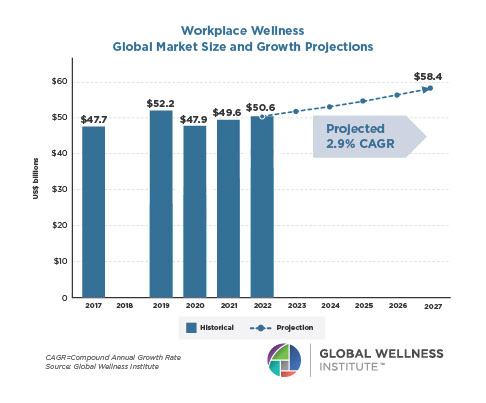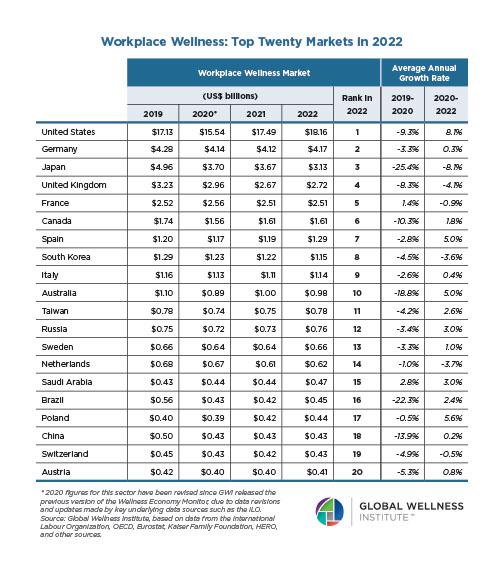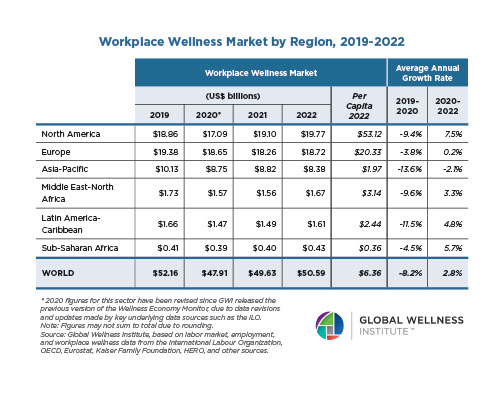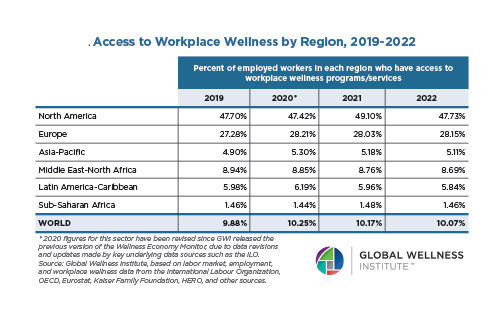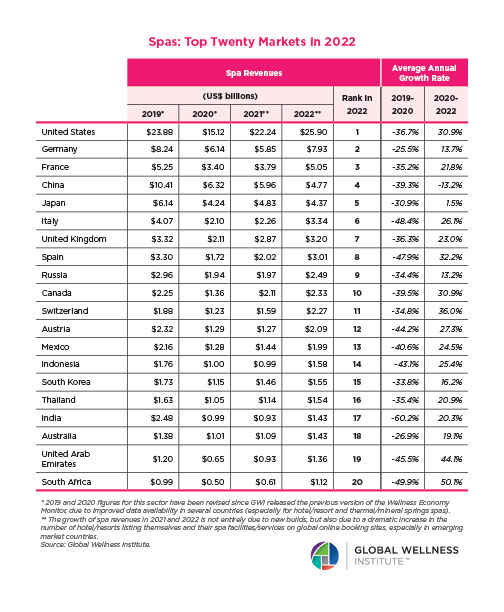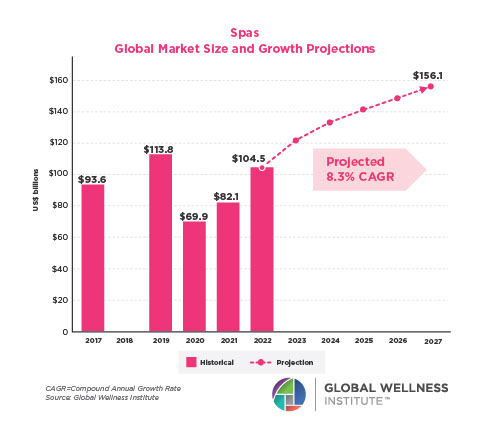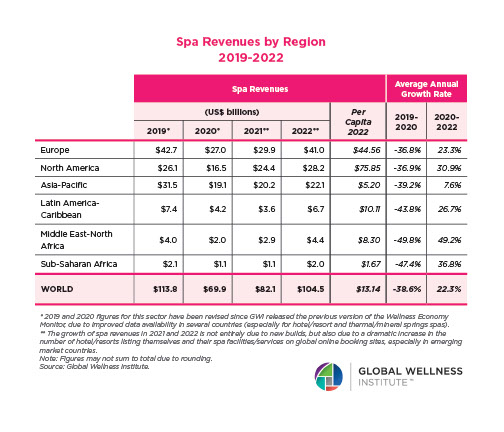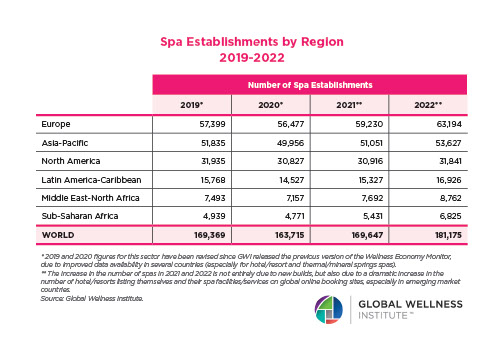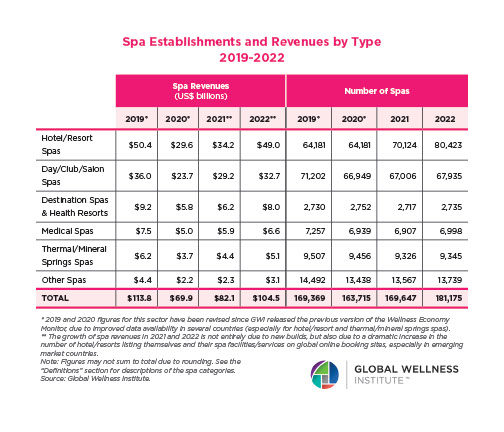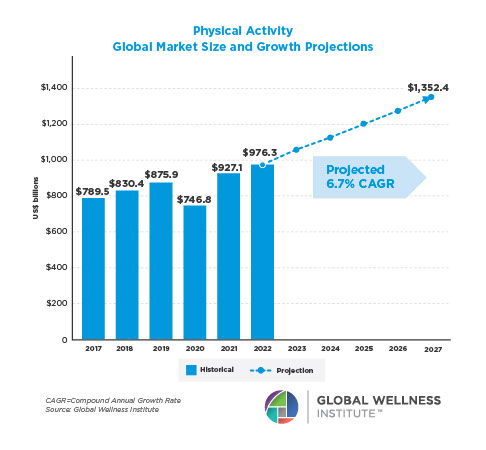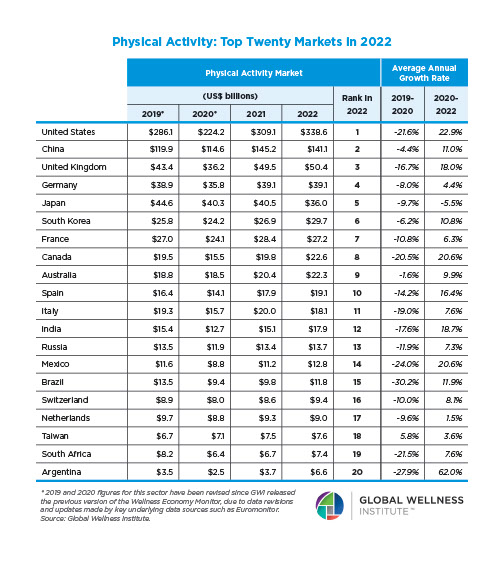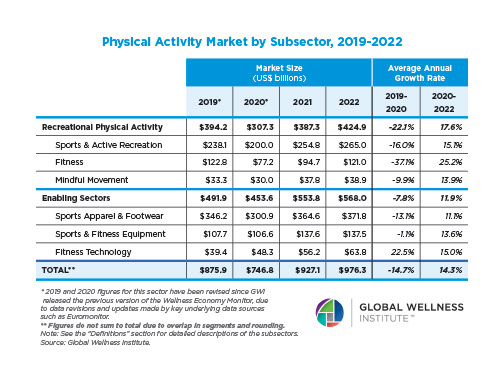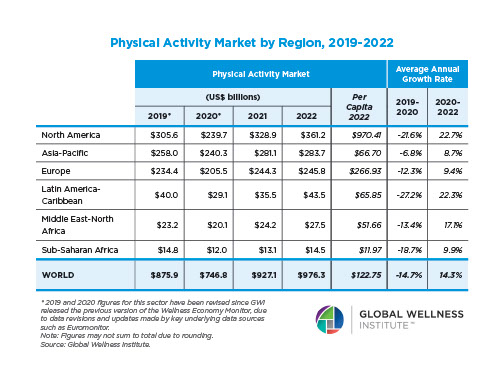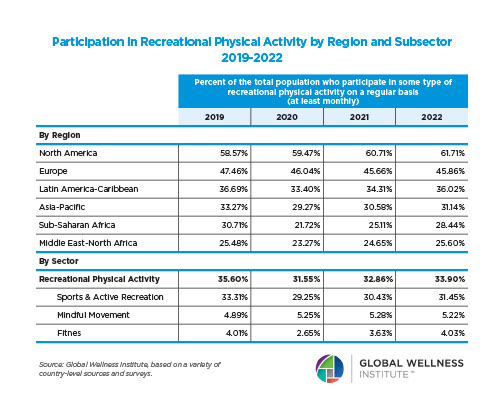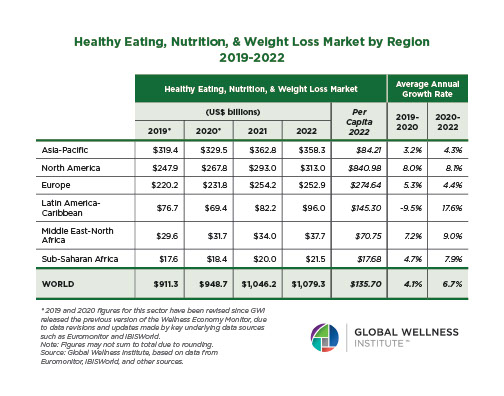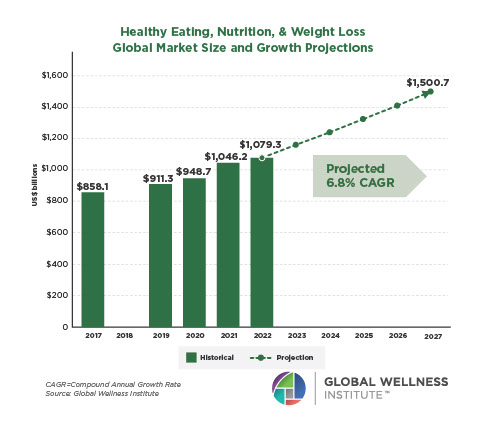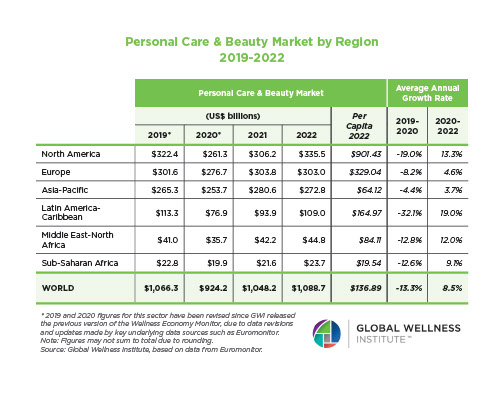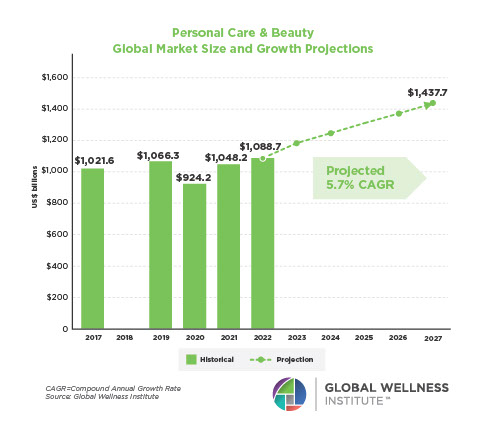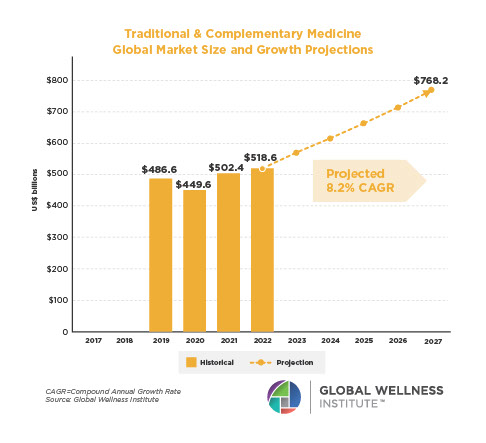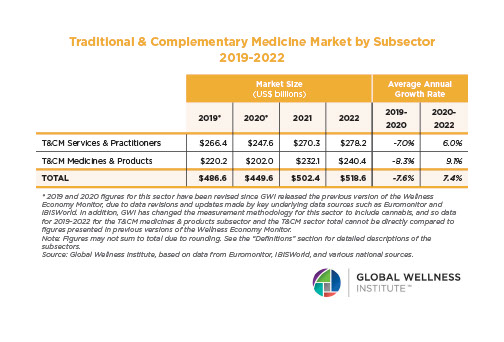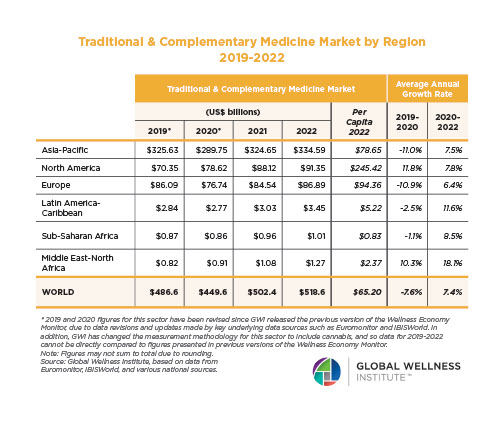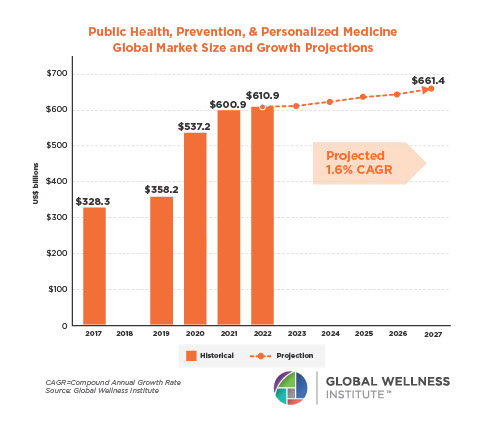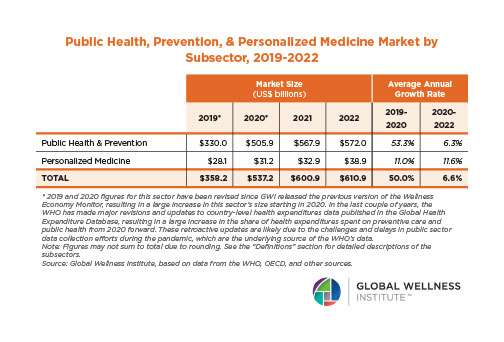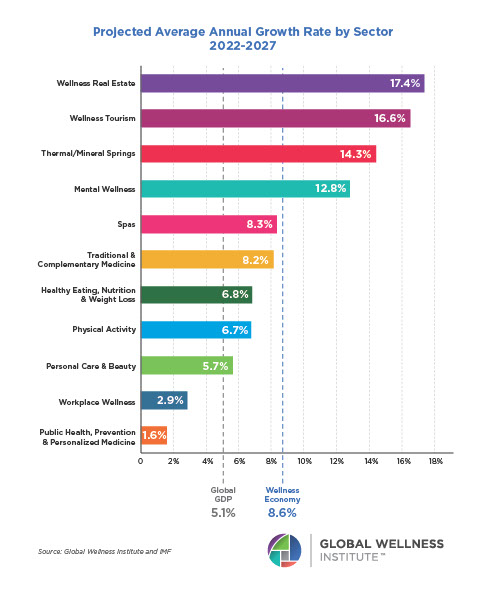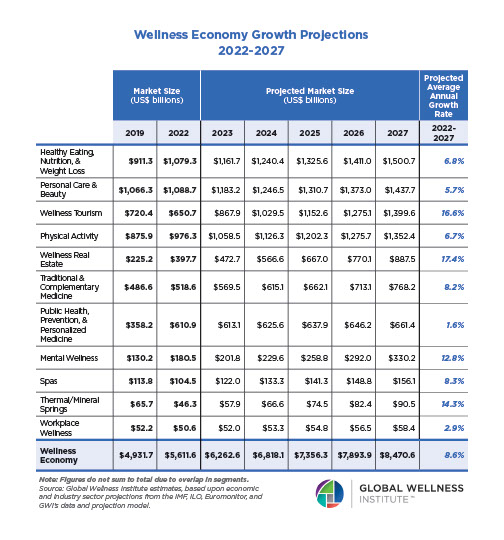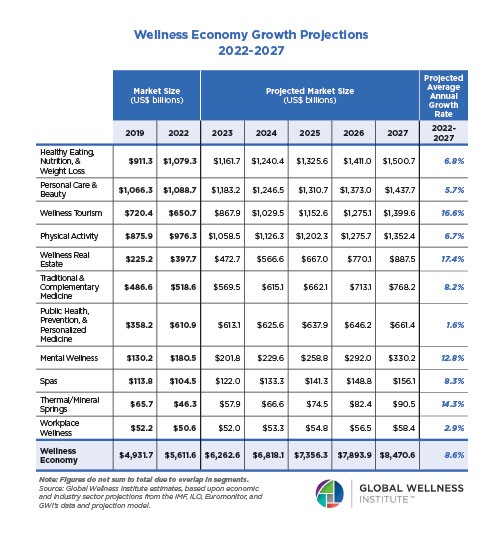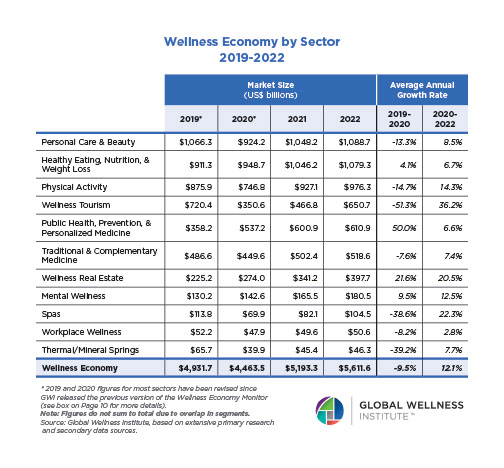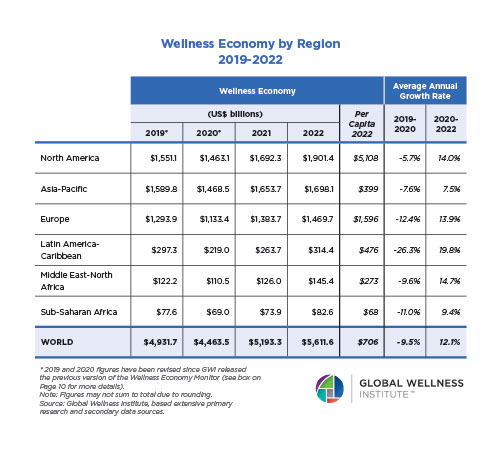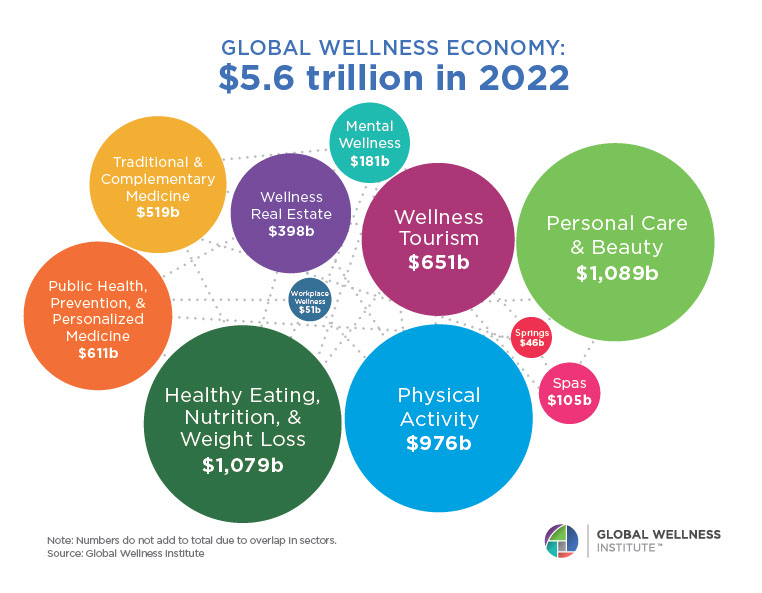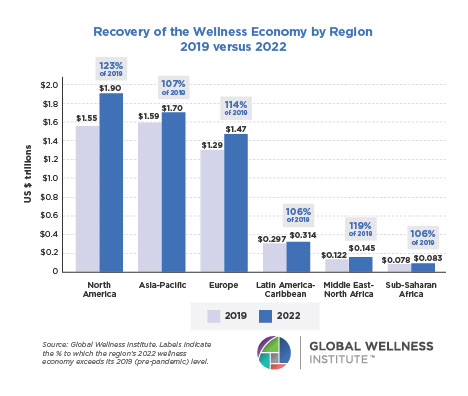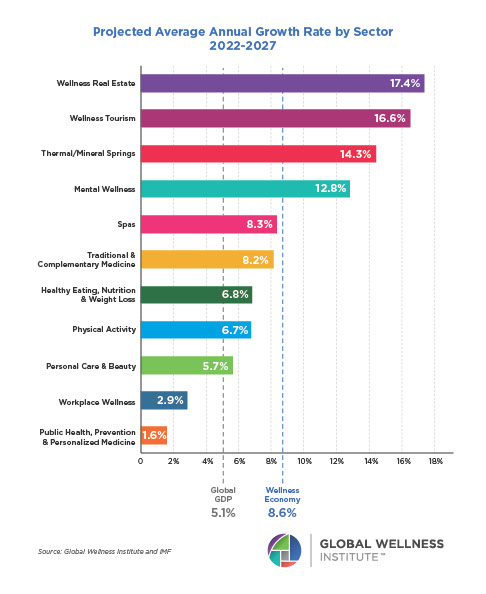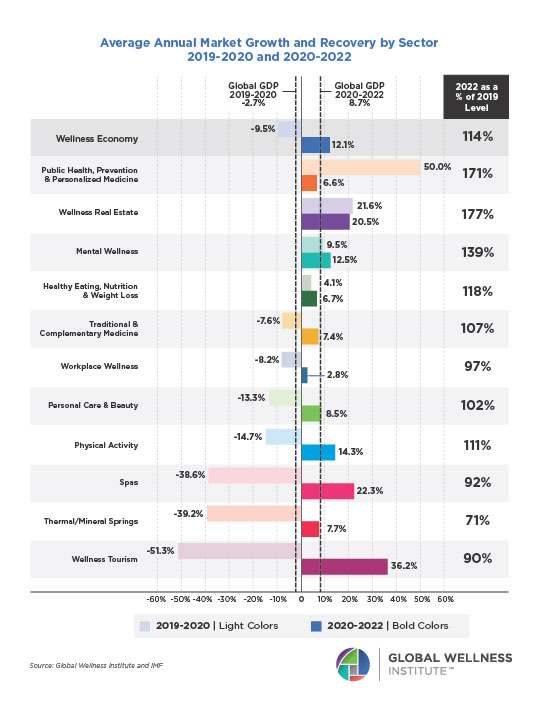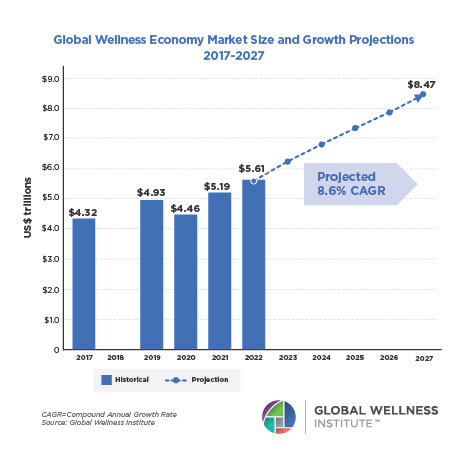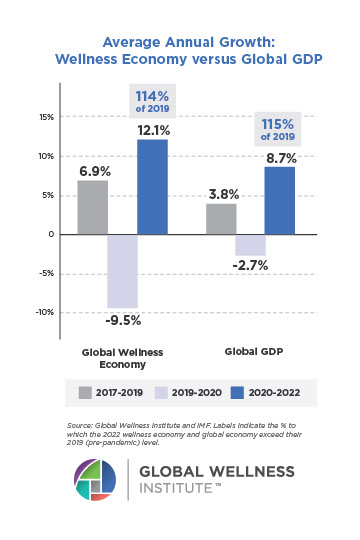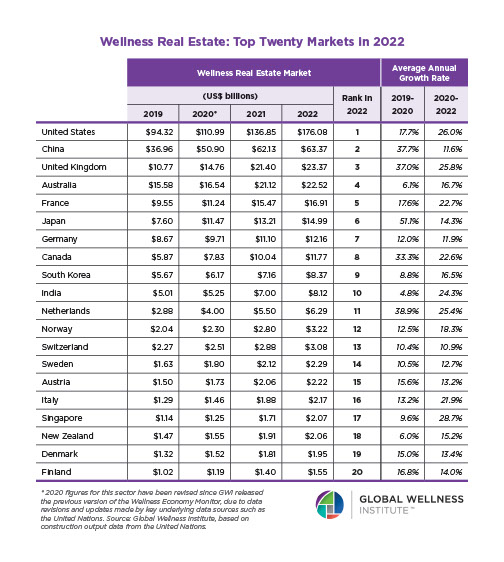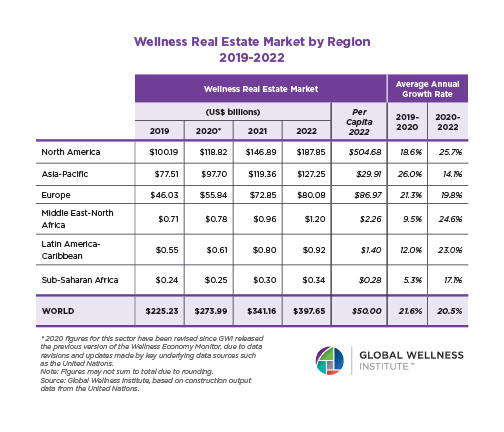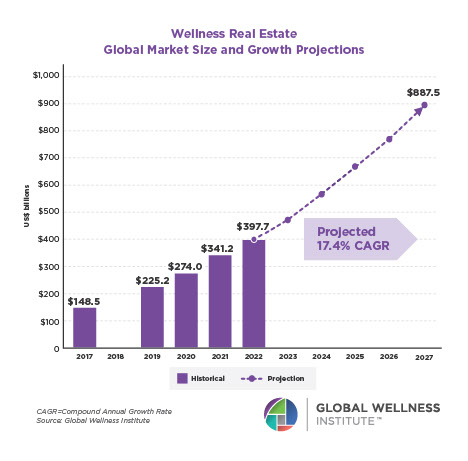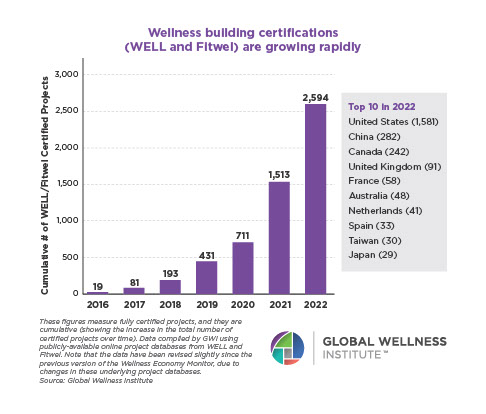Sleep Initiative
2025 Trends
![]()
The Future of Sleep: 5 Key Trends Shaping 2025
Sleep is undergoing a transformation as science, technology, and wellness converge. Sleep apnea innovation is making early detection easier with AI-driven diagnostics and new treatments like GLP-1 medications. Sleep anxiety is emerging as a major wellness concern, driven by digital overload and economic stress, with experts advocating mindful sleep practices over perfectionism. AI-powered sleep solutions are revolutionizing sleep research, consumer tech, and hospitality, from smart CPAP machines to personalized sleep coaching. Meanwhile, sleep tourism is evolving beyond luxury mattresses—hotels like Sensei and Carillon Miami Beach are integrating biometrics, circadian lighting, and tailored relaxation programs to enhance rest. At the same time, more couples are reconsidering traditional sleeping arrangements, with the “sleep divorce” trend continuing to gain traction as individuals prioritize sleep quality over sharing a bed. As sleep science advances, businesses that embrace these trends will redefine how we sleep, recover, and recharge.

TREND 1: Restless Minds, Sleepless Nights – The Rise of Sleep Anxiety in a 24/7 World
Sleep anxiety is emerging as a critical wellness challenge in 2025, fueled by increasing digital dependency, economic uncertainty, and the lingering effects of pandemic-era sleep disruptions. Defined as excessive worry about sleep quality or the inability to fall asleep, sleep anxiety affects millions worldwide, contributing to the broader sleep deprivation crisis.
According to the American Academy of Sleep Medicine, sleep anxiety has become more prevalent, particularly among younger generations, who experience heightened stress from social media, career instability, and 24/7 connectivity. A recent study published in Sleep Medicine Reviews found that nearly 40% of Gen Z adults report sleep-related anxiety at least three times a week, a significant increase from previous years.
Technological advancements in sleep tracking devices and apps, while designed to improve sleep hygiene, may paradoxically exacerbate sleep anxiety. A study published in the Journal of Clinical Sleep Medicine highlights the rise of “orthosomnia,” a phenomenon where individuals become obsessed with achieving perfect sleep, leading to heightened stress and poorer sleep outcomes.
In response, wellness brands and sleep experts are advocating for mindful sleep practices, including cognitive behavioral therapy for insomnia (CBT-I), digital detox strategies, and sleep-focused AI solutions that prioritize relaxation over rigid sleep goals. As sleep anxiety continues to rise, businesses that integrate stress-reducing sleep solutions will play a crucial role in reshaping the sleep industry in 2025.
Resources
- American Academy of Sleep Medicine. (2024). “The Impact of Sleep Anxiety on Public Health.”
- Sleep Medicine Reviews. (2024). “Generational Sleep Anxiety Trends: A Longitudinal Study.”
- Journal of Clinical Sleep Medicine. (2024). “Orthosomnia and the Psychological Effects of Sleep Tracking Technology.”
TREND 2: The AI Sleep Revolution– Smarter Tech, Better Rest
Rapid improvements in AI technology are fundamentally disrupting many industries and disciplines. And sleep is no exception. While the technology is still maturing, AI is already making significant impacts in sleep research, consumer sleep technologies and services, treatments and disorder management, and hospitality experiences.
Sleep Research and Diagnostics
- AI-driven algorithms are driving new solutions, such as EnsoData, that analyze polysomnography (PSG) data more efficiently, helping detect sleep disorders like sleep apnea and insomnia with higher accuracy.
- Advancements in sleep medicine: Artificial intelligence enables analysis of “big data,” which combines clinical, environmental and laboratory-based objective measures to allow a deeper understanding of sleep and sleep disorders. AI is now being deployed in the screening, endotyping, diagnosing, and treating sleep disorders.
Consumer Sleep Technology and Services
- Personalized sleep insights and AI-powered sleep coaching: Machine learning models process large datasets from individuals to provide tailored sleep recommendations. Many consumer products and services collecting user sleep data will deliver power insights to help people improve their sleep outcomes.
- Smart sleep products: Traditional product categories, such as mattresses, lighting, thermostats, and watches, are being transformed using AI-technology to deliver data-driven personalized sleep experiences.
Treatment and Sleep Disorder Management
- AI-driven CPAP machines: AI optimizes CPAP settings for individuals with sleep apnea, improving adherence and comfort. A great example of this is ResMed’s patient-centered application MyAir, which allows users to view CPAP data and features AI-powered chats to support the patient and improve CPAP adherence success.
- Cognitive Behavioral Therapy (CBT) for Insomnia: AI-powered services are now providing evidence-based digital therapy for insomnia without needing a human therapist.
- Real-Time Sleep Disorder Detection: AI-enabled home monitoring solutions can detect irregular breathing, restless leg syndrome, and other sleep issues.
Hospitality Experiences
- AI-Powered smart rooms: Hotels are now looking to integrate AI-driven experiences based on guest preferences. Smart room features include voice-controlled assistants (e.g., Alexa for Hospitality), and IoT-connected lighting, climate control, and beds that optimize sleep experiences.
- Chatbots and virtual concierges: AI-powered chatbots and virtual assistants provide 24/7 guest support, answering common questions, even managing bookings, and offering personalized recommendations to optimize the guest experience.
Resources
- https://pubmed.ncbi.nlm.nih.gov/34166990/
- https://www.ensodata.com/ai-scoring-faq/
- https://investor.resmed.com/news-events/press-releases/detail/384/resmed-unveils-new-collection-of-digital-and-personalized-solutions-designed-to-improve-sleep-health
TREND 3: Sleep Sells – Hotels are Cashing in on the Multi-Billion Dollar Rest Revolution
Sleep tourism is evolving beyond luxury mattresses to holistic, science-backed sleep experiences. As travelers increasingly prioritize rest, hotels are responding with specialized sleep programs, premium bedding, and even sleep coaching services—turning quality sleep into a marketable, high-value amenity.
According to a 2024 survey by the GWI Sleep Initiative and Serta Simmons Hospitality Bedding, 91% of frequent travelers are willing to pay up to 10% more for sleep-enhancing accommodations. This comes as 63% of travelers report worse sleep while away, with noise (75%), lighting (72%), and bedding (70%) as top disruptors. Leading hotels are tackling these issues head-on.
Hilton highlights “Sleep Tourizzzm 2.0” as a top trend in their 2025 Trends Report and notes that more than one in four travelers will book a spa or wellness treatment to enhance their sleep while on vacation. Other hospitality brands are also expanding beyond premium bedding to full sensory sleep experiences like in-room sound baths and guided meditation services to help guests unwind.
Luxury wellness retreats are at the forefront of this movement. Sensei Porcupine Creek combines cutting-edge biometric tracking with science-backed sleep coaching to optimize rest, while Carillon Miami Wellness Resort offers sleep-focused spa treatments and AI-powered smart beds designed to enhance recovery. Properties like Six Senses provide specialized sleep programs with personalized consultations, and others integrate circadian lighting and aromatherapy-infused turn-down services. This shift reflects a broader industry movement toward holistic, multi-sensory sleep solutions designed to enhance rest and relaxation.
Beyond luxury, demand for wellness-driven sleep features is growing. 74% of travelers value eco-friendly sleep amenities, and 59% actively seek out properties offering sleep-focused perks like white noise machines, blackout curtains, and relaxation apps. Some hotels even offer sleep concierges, reinforcing rest as the ultimate hospitality luxury.
As 2025 unfolds, expect hotels to push the boundaries—monetizing circadian lighting, soundproofing, air quality, smart mattresses and bespoke relaxation rituals. In a world where rest is increasingly scarce, hotels that master the art of sleep will reap the rewards.
Resources
TREND 4: A New Dawn for Sleep Apnea – Advances in Detection and Treatment
While sleep apnea is one of the two most common sleep disorders (i.e., sleep apnea and insomnia), under-diagnosis has historically been an issue. Untreated sleep apnea can be associated with hypertension, type 2 diabetes, stroke, depression and drowsy driving accidents. The classic approach for diagnosing sleep apnea is for patients to have an overnight sleep study (i.e., polysomnography) or home-sleep study. Either due to stigma (e.g., patients not wanting to admit snoring), or insufficient focus on health, we are not seeing sufficient detection of sleep apnea. It has been thrilling for the sleep medicine community to see Apple launch early detection of sleep apnea. This addition makes it much easier for early signs of sleep apnea to be captured by simply having an app launched on the cell phone.
In addition, we are seeing a trend in advancements of treatment approaches for sleep apnea. To start, there is continued growth in the number of patients implanted with hypoglossal nerve stimulators (e.g., Inspire). This treatment is offered to individuals who fail to acclimate to CPAP and meet the appropriate criteria for surgery. Also, given the strong correlation between weight gain or obesity and sleep apnea, the most recent trend in treating sleep apnea involves the use of GLP-1s (glucagon-like peptide-1), a naturally occurring hormone released by the intestines in response to food intake and essential for controlling blood sugar levels and appetite. In October 2024, the FDA approved the first GLP-1 for management of sleep apnea.
Innovations in the sleep apnea management space are highlighting a growing trend in awareness about the disorder, and new access to identify and treat it. While it might take time to significantly reduce the high prevalence of undiagnosed and untreated sleep apnea, it’s exciting to see the trends supporting such changes.
Resources
TREND 5: The Continuing Rise of the “Sleep Divorce” – A Growing Trend in Modern Relationships
The “sleep divorce” trend—where couples opt for separate sleeping arrangements to improve rest—is continuing to gain traction. A 2024 American Academy of Sleep Medicine (AASM) survey found that more than one-third of Americans (35%) occasionally or consistently sleep in a separate room from their partner due to issues like snoring, differing sleep schedules, and restlessness. Sleep scientist Wendy Troxel, a leading expert on the topic, notes that prioritizing rest doesn’t mean sacrificing intimacy but rather enhancing wellbeing for both partners. A 2024 RAND Corporation analysis suggests that rebranding this choice as a “sleep alliance” better reflects its benefits, emphasizing collaboration over separation.
High-profile advocates, including Cameron Diaz and Barbara Corcoran, have recently shared their support for separate bedrooms, adding to a growing cultural shift. A 2025 Guardian op-ed further argues that societal expectations around co-sleeping need re-examining, as research increasingly highlights the negative impact of disrupted sleep on health and relationships.
While objective sleep data often supports solo sleeping, many couples still prioritize emotional closeness. As awareness grows, more people are experimenting with flexible arrangements—like designated nights apart or sleep-friendly room designs. With sleep science advancing and personal wellbeing taking center stage, this trend is likely to keep evolving, challenging long-standing norms about what it means to share a bed.
Resources
- American Academy of Sleep Medicine. “Americans opting for ‘sleep divorce’ to accommodate a bed partner.” July 15, 2024. https://aasm.org/americans-opting-sleep-divorce-accommodate-bed-partner/
- RAND Corporation (2024) – “Sleep Alliance: Rebranding ‘Sleep Divorce’ for Better Rest” https://www.rand.org/pubs/commentary/2024/07/sleep-alliance-rebranding-sleep-divorce-for-better.html
- Mizoguchi, Karen. “Barbara Corcoran Says She Prefers Separate Bedrooms from Husband Bill Because It Keeps Sex ‘Short’ (Exclusive).” People, December 2, 2024. https://people.com/barbara-corcoran-why-she-likes-having-separate-bedroom-from-husband-bill-sex-short-exclusive-8754092
- The Guardian (2025) – “Separate Beds Can Save Your Relationship—So Why Is ‘Sleep Divorce’ Still Taboo?” https://www.theguardian.com/commentisfree/2025/jan/08/sleep-divorce-separate-beds-relationship

